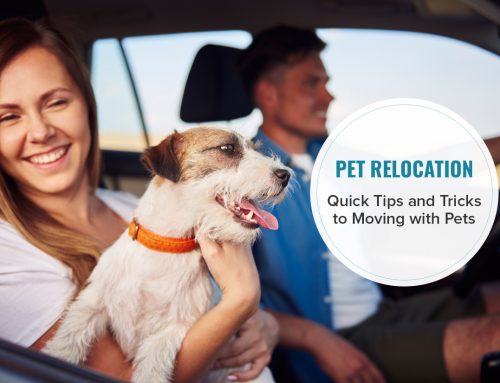A puppy can be a superb addition to any home, but whether you are an experienced pet or a first-time adopter, it’s important to keep your canine companion’s health and happiness as a top priority. Below are some useful tips for all dog parents.
And remember: If you are considering bringing home a new puppy, please make adoption your first option. We encourage you to browse our directory of adoptable dogs in your area or visit our Find a Shelter page to begin your search.
Feeding
- Puppies eight to 12 weeks old need four meals a day.
- Feed puppies three to six months old 3 meals a day.
- Feed puppies six months to one year two meals a day.
- When your dog reaches his first birthday, one meal a day is usually enough.
For a number of dogs, such as larger canines or those prone to bloat, it is far better to feed two smaller dishes.
Premium-quality dry food provides a well-balanced diet for adult dogs and may be combined with water, broth or canned food. Your pet may like cottage cheese, cooked egg or fruits and vegetables, but these developments shouldn’t total more than ten percent of the daily food intake.
Please restrict “people food,” however, since it may result in vitamin and mineral imbalances, bone and teeth problems and may cause very picky eating habits and obesity. Clean, fresh water should be available at all times and make sure you wash food and water dishes frequently.
Exercise
Dogs need exercise to burn calories, stimulate their minds, and remain healthy. Exercise also tends to help dogs prevent boredom, which may lead to destructive behaviors. Supervised fun and games will satisfy lots of your pet’s instinctual urges to dig, herd, chew, chase and retrieve.
Grooming
Help keep your dog clean and reduce shedding with regular brushing. Most dogs don’t have to be bathed more than a few times annually. Carefully rinse all soap out of the jacket, or the dirt will stick to soap residue. Please see our in-home pet services for more information.
Handling
To take a puppy or small dog, put one hand under the dog’s torso, with your forearm or other hands behind the hind legs and rump. Never attempt to lift or grab your puppy or small dog from the forelegs, tail or back of the neck. If you do have to lift a large dog, lift from the underside, supporting his chest with one arm and his rear end with another.
Housing
Your pet needs a warm, quiet place to rest, away from all drafts and off the floor. A training crate or dog bed is perfect, with a clean blanket or cushion positioned inside. Wash your dog’s bedding regularly. If your dog will be spending plenty of time outside, make sure she has access to shade and plenty of cool water in warm weather, and a warm, dry, covered shelter when it’s cold.
Track Your Pet
Be sure to attach the permit to your dog’s collar. This, together with an ID label and implanted microchip or tattoo, can help secure your dog’s return should she become lost.
Flea & Ticks
Daily inspections of your dog for ticks and fleas during the warm seasons are significant. Use a flea comb to find and remove fleas. There are numerous new methods of flea and tick control. Speak to your veterinarian about these and other choices.


